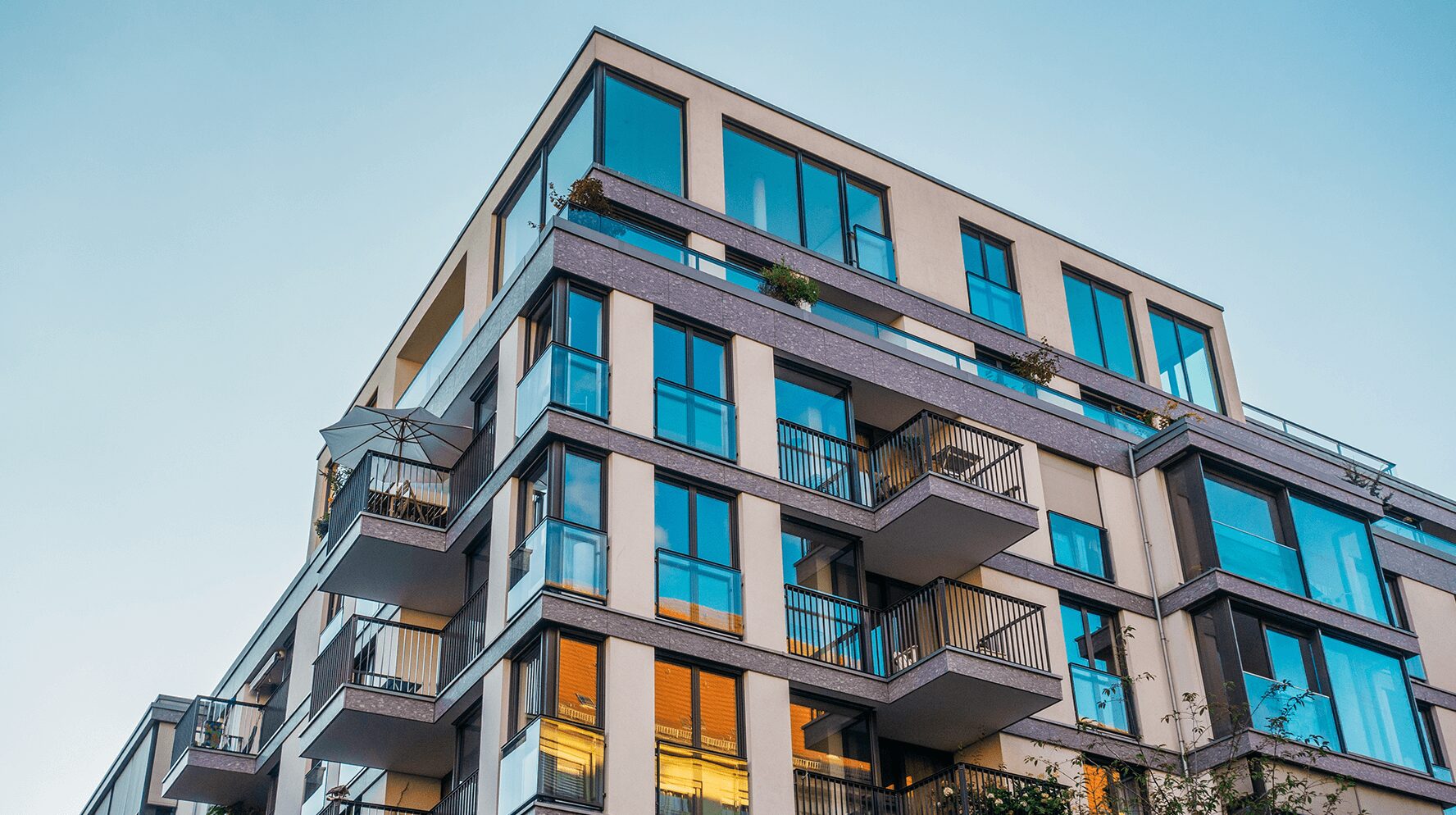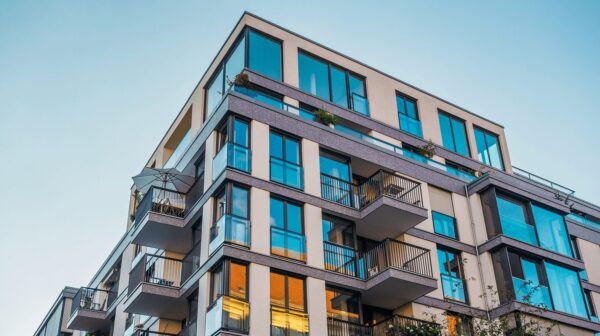A recent decision of the Ontario Human Rights Tribunal (the “Tribunal”) has provided insight as to who can be held responsible to ensure that common element facilities are inclusive. The applicant, a condominium unit owner, raised the issue of discrimination in the hope of increasing builders’ awareness for future inclusive building design projects.
The applicant in Andrews v. Great Gulf, [2019] OHRTD No 281 filed an application alleging that the condominium builder, Great Gulf, acted contrary to the Ontario Human Rights Code (“the Code”) in that it failed to provide gender-inclusive washrooms in the pool and steam room areas of the condominium building. The application was dismissed at a preliminary hearing because the Tribunal determined that it had no reasonable prospect of success.
The Tribunal dismissed the application for two main reasons:
1. The issue of equal access to the facilities in the common elements must be addressed by the condominium corporation. Great Gulf is only responsible for warranty claims.
A post-design complaint regarding facilities that were not contemplated as part of the original design do not qualify as a warranty repair.
It is interesting to note that the Tribunal did identify that discrimination may have been found if two conditions were met:
i. The purchasers had previously asked Great Gulf to accommodate gender-inclusive facilities in the common elements; and
ii. Great Gulf refused to make the requested adjustments to the design.
2. There was no positive obligation on Great Gulf to ensure an inclusive design at the time the building was constructed.
Timeline of relevant gender expression protections:
-
- 2012: “Gender identity” and “gender expression” were added to the Code as grounds for discrimination.
- 2014: the Ontario Human Rights Commission recommended organizations design or change their rules, practices and facilities to foster inclusivity.
- 2017: Bill C-16 passed, protecting the bathroom rights of individuals.
- 2018: The International Building Code was amended to reflect fixture calculations and signage suggestions for universal washrooms. These requirements have not yet been adopted in Ontario.
The building was designed before these protections came into effect and before the applicant purchased the unit.
The Tribunal stated that, at this point in time (being post-turnover), the appropriate process for the applicant to obtain gender-inclusive facilities in the common elements was to make a request to the condominium corporation. The condominium corporation is then responsible for addressing the request as it pertains to the common elements.
The Tribunal’s decision serves as a helpful reminder to condominium corporations and developers that inclusivity is becoming a greater concern. Even post-construction, accommodations such as alternating use of spaces or designating certain facilities as gender-inclusive, can be made. If condominium corporations are doing major renovations, these issues, among others, should be considered. Taking a proactive approach to ensuring gender-inclusive spaces are available could avoid future claims of this nature.
Special thanks to Shannon Sturgeon who assisted with the preparation of this article.


